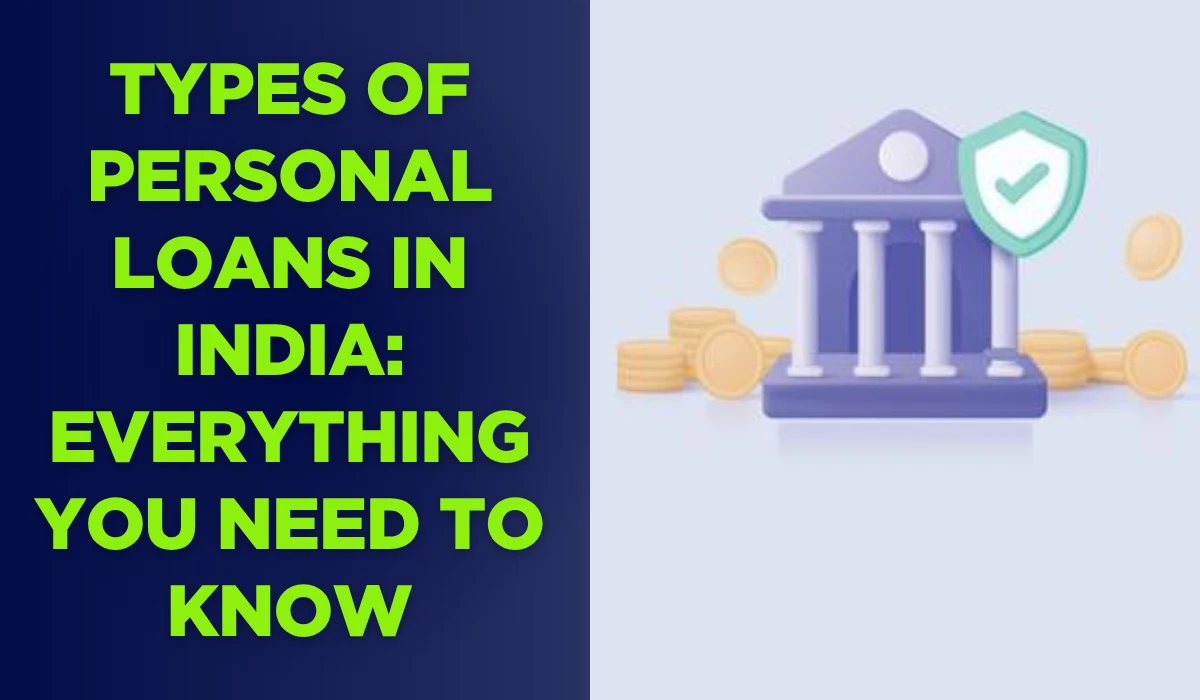Why Comparing Investments is Like Comparing Fruits
Every investment option has unique features, just like every fruit has its own taste. Insurance offers security, mutual funds promise growth, and stocks can be a wild ride with high rewards (or losses).
The key is to match your investment to your financial goals whether that’s safety, growth, or a mix of both. Instead of asking, “Which is better?” think, “Which one fits my life right now?”
The truth is, no single option is “the best.” They’re not replacements for each other they’re complementary. A smart investor might use all three, balancing risk and stability to build a solid financial future.
Understanding Each Option
Let’s look at what makes each investment unique, using a real-world example to show how they work (without pitting them against each other).
Public Provident Fund (PPF): The Safe Bet
Take the Public Provident Fund (PPF), a popular choice in India. It’s a government-backed scheme with tax-free interest and a cap of ₹1.5 lakh per year. Sounds great, right? But here’s the catch: you need to invest consistently every year.
Miss a year or two, and you’ll only keep the account active with a ₹500 penalty no catching up on the full ₹1.5 lakh. Plus, interest is calculated based on when you deposit, so last-minute March contributions might earn less. After 15–20 years, the final payout could be lower than expected if you’re not disciplined.
Insurance: Stability with a Twist
Now, compare that to life insurance policies. If you miss a premium, you can usually pay it later with a penalty, and your bonuses stay intact. This means the final payout isn’t as affected by a missed payment or two. For example, back in 2001, LIC’s Jeevan Shri policy offered a guaranteed 9.5% return, tax-free, with bonuses.
At the time, bank FDs and post office schemes gave 12–14% interest, so some folks thought insurance wasn’t worth it. Fast forward to today, with market rates at 6.5% or lower, those LIC policies look like gold. The lesson? Insurance locks in future returns, which can be a lifesaver when market rates drop.
Mutual Funds: High Risk, High Reward
Mutual funds are the rockstars of investing exciting but risky. Your returns depend on how long you stay invested, thanks to the magic of compound interest. The problem? Most people don’t stick around long enough.
Studies show investors often pull out after 3–5 years, either because they lack discipline, panic during market dips, or chase quick profits when stocks soar. You’ve probably heard stories like, “If you’d invested in XYZ fund 25 years ago, you’d be a millionaire!”
Sure, but how many people actually stay invested for 25 years? Compare that to insurance or fixed deposits, where crores of people have stayed committed for decades.
The Real Secret: Discipline and Diversification
Here’s the deal: no investment is “bad” or “good” in a vacuum. It’s about how they fit into your financial plan. Mutual funds can give you growth, but you need the stomach for market swings. Insurance offers peace of mind and guaranteed returns, especially for long-term goals like retirement.
PPF and fixed deposits are low-risk but require consistency. The biggest mistake? Putting all your money in one basket. Diversifying across these options based on your risk tolerance, goals, and timeline gives you the best shot at financial success.
A Quick Example from Real Life
I recently read about a study interviewing 200 investors about LIC’s Jeevan Suraksha, a pension plan from 2001. It promised ₹10,000 monthly pension for life starting at age 55 if you invested ₹10,000 annually from age 30.
Plus, it offered ₹7.5 lakh to your heirs if you passed away. Sounds amazing, right? But most buyers and agents only focused on the tax breaks, not the long-term benefits. Today, those pensions are a lifeline for retirees, especially with low market rates.
Meanwhile, people who chased stocks or other “hot” investments often ended up with nothing if they picked the wrong company. Moral of the story: look beyond short-term gains and think about the big picture.
How to Choose What’s Right for You
So, how do you decide? Here are a few tips:
-
Know Your Goals : Saving for a house in 5 years? Mutual funds might work. Planning for retirement? Insurance or PPF could be safer.
-
Assess Your Risk Tolerance : Can you handle stock market ups and downs? If not, stick to safer options like insurance or fixed deposits.
-
Stay Disciplined : Whether it’s PPF’s annual deposits or mutual funds’ long-term commitment, consistency is key.
-
Diversify : Spread your money across different options to balance risk and reward.
-
Think Long-Term : Insurance shines for future security, while mutual funds and stocks need time to grow.














